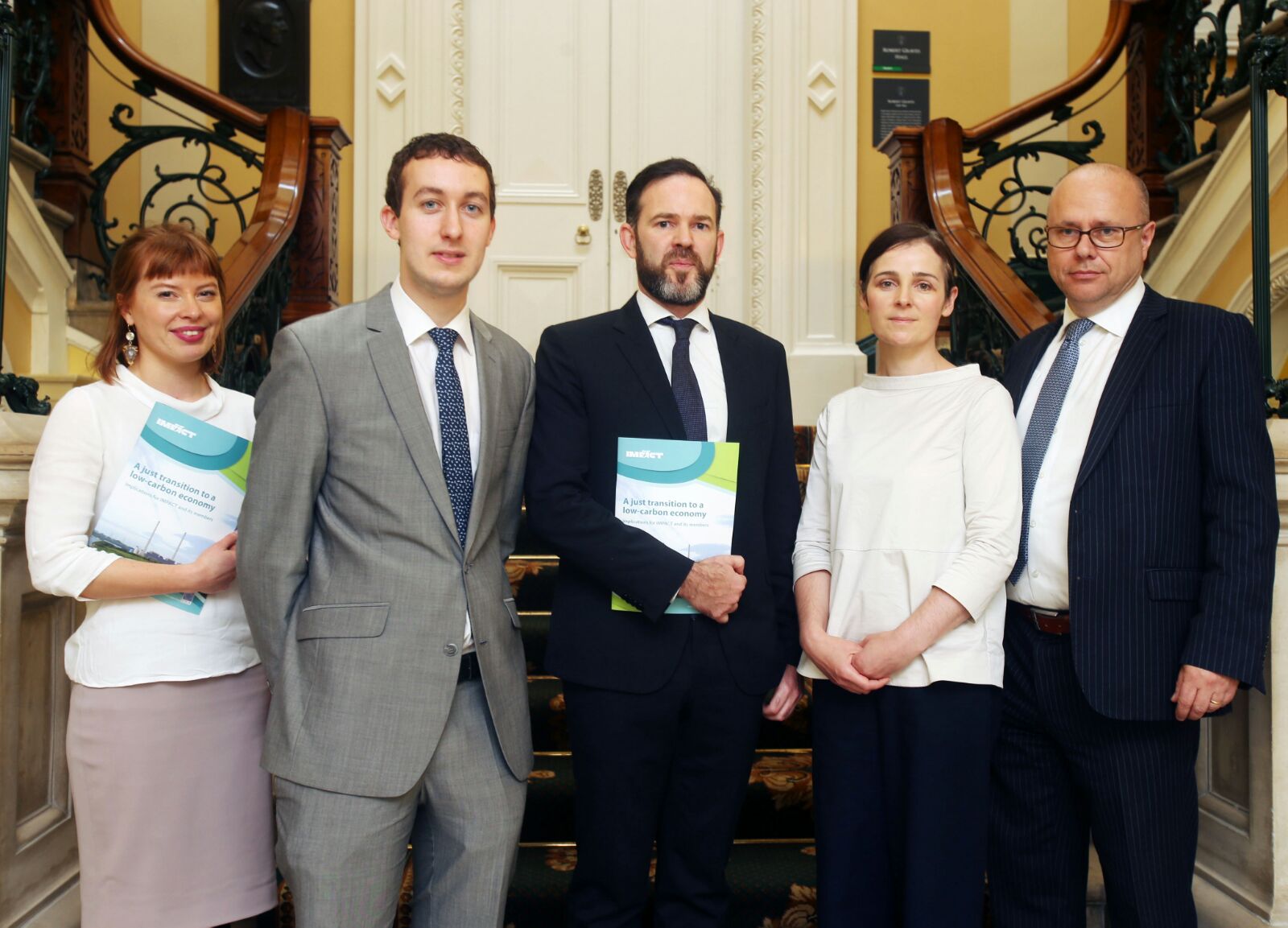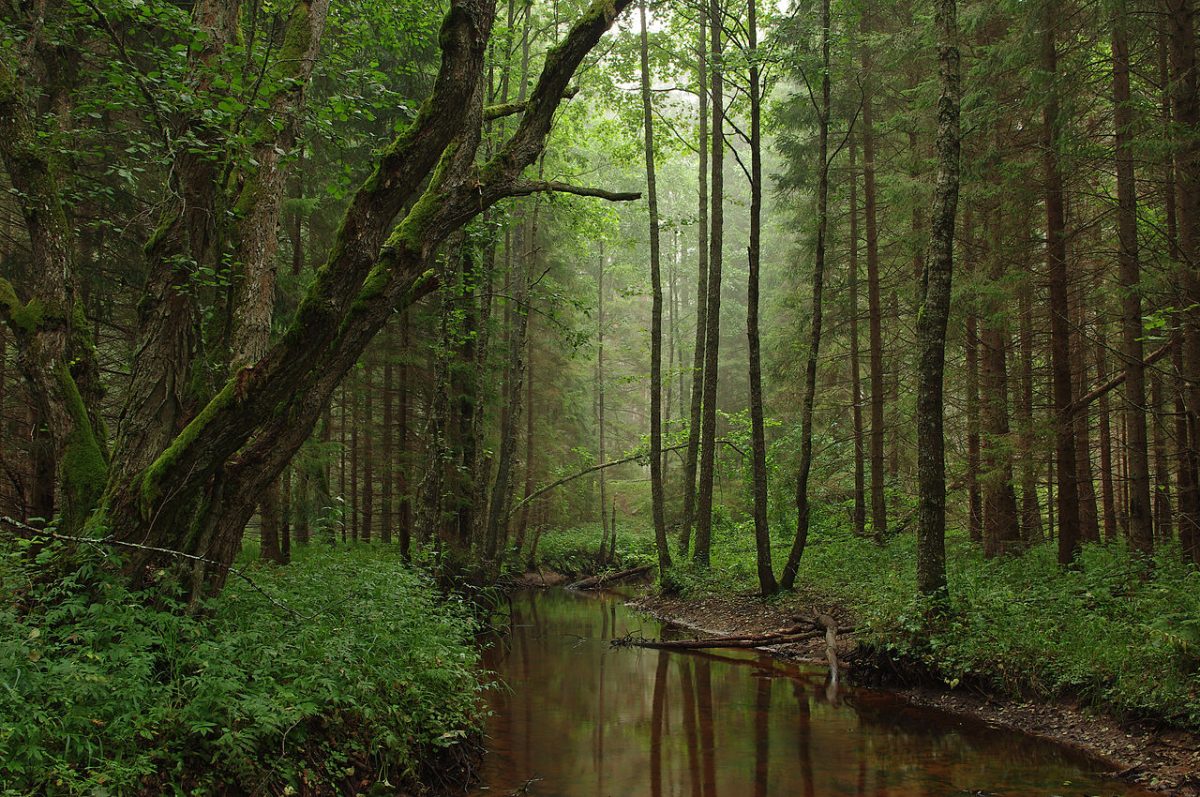International Day of Forests: Benefits for sustainable cities

March 21st, 2018
Today marks the International Day of Forests to celebrate and raise awareness of the importance of all types of forests.
This year’s theme is Forests for sustainable cities and encourages us to look at many benefits that forests and trees can bring to our urban areas.
Climate and Air Quality
Trees are well known to have a positive climate impact as they reduce the amount of greenhouse gas in the atmosphere by storing carbon in their woody tissues.
The UN’s Food and Agriculture Organization’s estimates that one large urban tree can absorb 150kg of carbon dioxide a year, as well as filter some of the airborne pollutants, including fine particulates.
A project was recently carried out in Co Clare to measure the ecosystem services such as carbon sequestration and air pollutant removal provide by urban trees in Mountshannon.
Results from the study indicate that 418 trees surveyed in public spaces in the village have the capacity to store 116 tonnes of carbon dioxide – the equivalent of the annual emissions of 90 cars.
The largest tree in the village and largest recorded oak in Ireland, the ‘Bé Binn’ champion oak, alone accumulated over 17,000 kg of carbon within it.
Mental Health and Wellbeing
Urban trees also promote a general sense of mental health and wellbeing, with various studies outlining how exposure to parks and trees can help prolong life, improve mental health and even increase the birthweight of babies.
In Ireland, the Woodlands for Health initiative provides a series of forest-based walks and talks for mental health patients, monitoring their progress over set periods.
An evaluated of the project by the HSE and University College Dublin found the mood of participants improved by 75 per cent and suicidal thoughts declined by 82 per cent.
Urban trees along have additional economic benefits, as healthy, well-maintained trees can add 10 to 20 per cent to the value of a property, as well as acting as a secondary insulating layer to reduce heating energy use when planted near buildings.
The current Dublin City Tree Strategy finds that urban trees provide numerous other additional advantages by providing natural flood defenses, masking noise pollution and providing food and shelter for urban wildlife.
[x_author title=”About the Author”]







